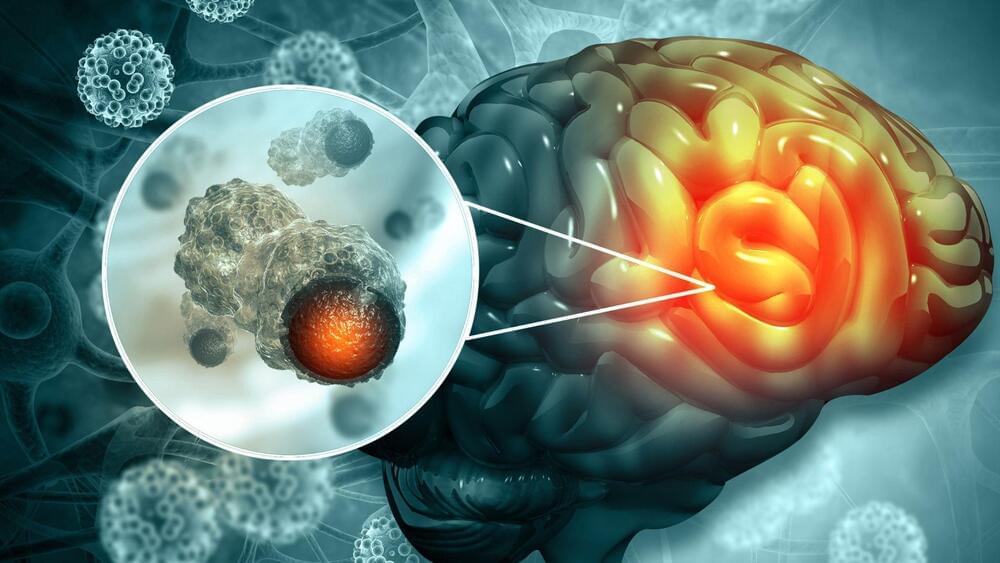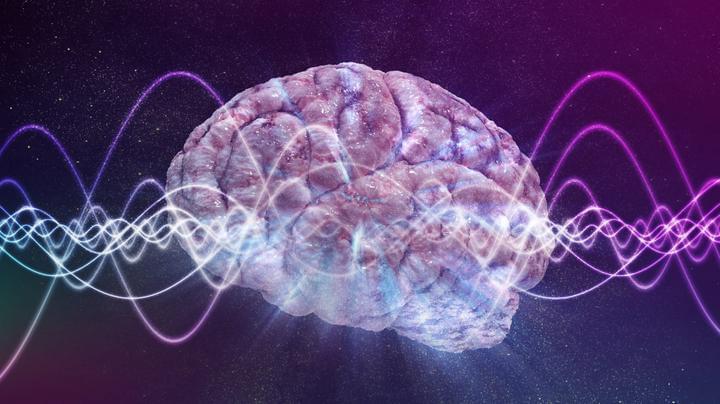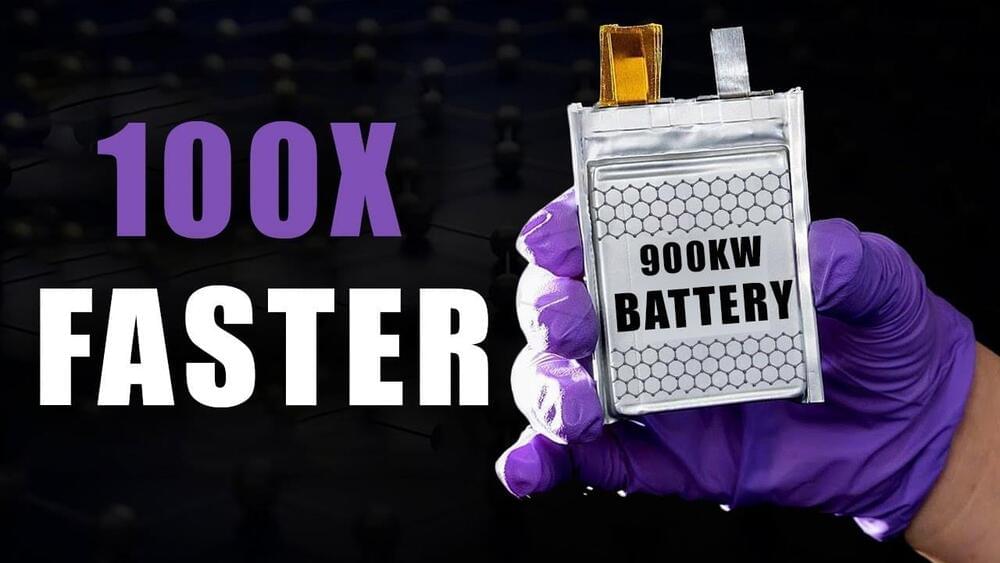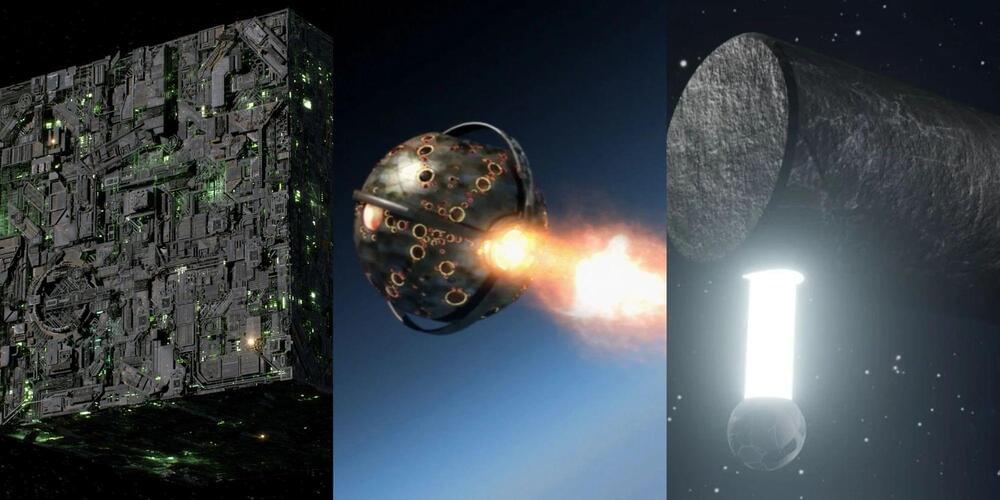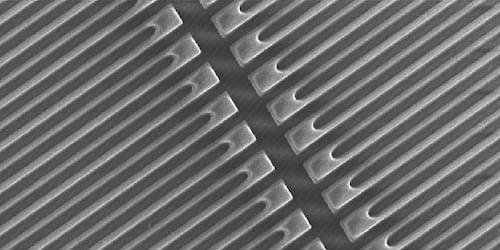It will be jointly built by a Swedish and a Turkish company.
Eco Wave Power (EWP) has signed a deal with Oren Ordu Eneas to build the world’s largest-ever wave power plant on Turkey’s Black Sea coast, according to a press release by the Swedish company published on Thursday.
The project would start with a 4MW pilot in the port of Ordu. It would then move forward to a 77MW plant which would consist of a fixed, modular array of steel floats hinged to piston-equipped arms.
Eco Power Plant.
EWP, which developed and patented, smart and cost-efficient technology for turning ocean and sea waves into green electricity, was founded in Tel Aviv, Israel, in 2011. Oren Ordu Eneas is an affiliate of a local Turkish municipality.




